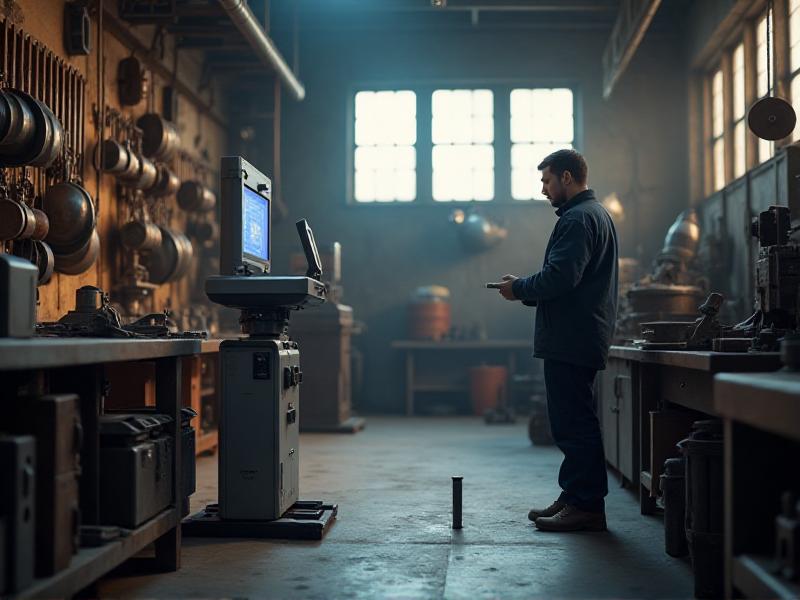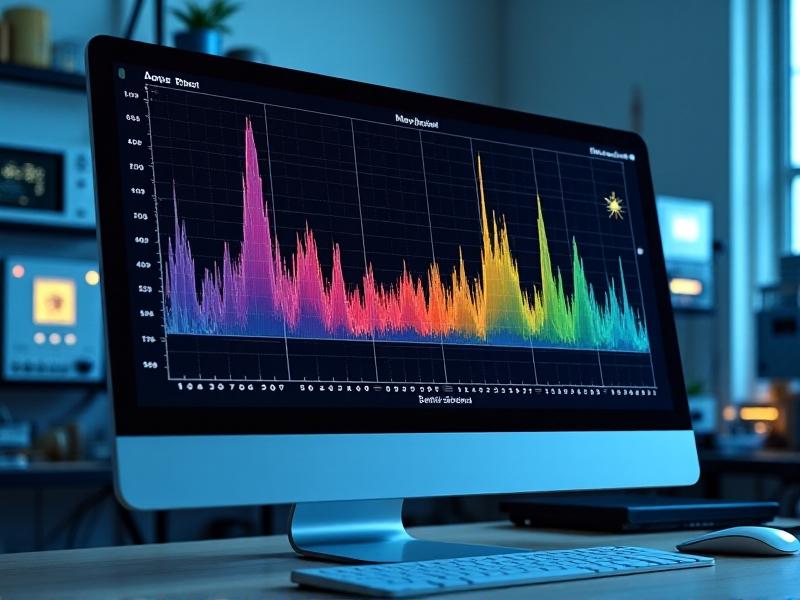XRF Analysis for Metal Composition Verification
Understanding XRF Analysis: A Primer
X-ray Fluorescence (XRF) analysis is a non-destructive analytical technique used to determine the elemental composition of materials. By measuring the fluorescent X-rays emitted from a sample when it is excited by a primary X-ray source, XRF provides precise information about the presence and concentration of elements within the material. This method is widely used in industries such as mining, metallurgy, and quality control, where verifying metal composition is critical.
One of the key advantages of XRF analysis is its ability to analyze a wide range of materials, including metals, alloys, ceramics, and even liquids. The technique is particularly valuable for metal composition verification because it can detect elements from magnesium (Mg) to uranium (U) in concentrations ranging from parts per million (ppm) to 100%. This versatility makes XRF an indispensable tool for ensuring material integrity and compliance with industry standards.
XRF analyzers come in two main types: energy-dispersive XRF (ED-XRF) and wavelength-dispersive XRF (WD-XRF). ED-XRF is typically used for rapid, on-site analysis, while WD-XRF offers higher resolution and is often employed in laboratory settings. Both types provide accurate results, but the choice depends on the specific requirements of the application.

The Science Behind XRF: How It Works
At its core, XRF analysis relies on the principles of X-ray physics. When a sample is exposed to high-energy X-rays, the inner-shell electrons of the atoms within the material are ejected. This creates vacancies in the electron shells, which are then filled by outer-shell electrons. As these electrons transition to lower energy levels, they emit fluorescent X-rays with specific energies characteristic of the elements present in the sample.
The emitted X-rays are detected by the XRF analyzer, which measures their energy and intensity. These measurements are then processed to generate a spectrum that identifies the elements and their concentrations. The accuracy of the analysis depends on factors such as the energy of the primary X-rays, the detector’s sensitivity, and the sample’s homogeneity.
Calibration is a critical step in ensuring the reliability of XRF results. Analyzers are calibrated using reference materials with known compositions, allowing for precise quantification of elements. Modern XRF instruments also incorporate advanced software algorithms to correct for matrix effects and other interferences, further enhancing accuracy.

Applications of XRF in Metal Composition Verification
XRF analysis plays a vital role in verifying the composition of metals and alloys across various industries. In the aerospace sector, for example, it is used to ensure that materials meet stringent safety and performance standards. Similarly, in the automotive industry, XRF helps verify the composition of engine components, exhaust systems, and other critical parts.
In the construction industry, XRF is employed to analyze structural metals such as steel and aluminum, ensuring they comply with building codes and regulations. The technique is also widely used in recycling facilities to sort and identify different types of metals, enabling efficient and environmentally friendly recycling processes.
Another important application of XRF is in the jewelry and precious metals industry. It allows for the rapid and accurate determination of gold, silver, platinum, and other precious metal content, ensuring authenticity and quality. This is particularly valuable for appraisers, buyers, and sellers who need reliable information about the value of their items.

Advantages of XRF Over Traditional Methods
One of the most significant advantages of XRF analysis is its non-destructive nature. Unlike traditional methods such as wet chemistry or optical emission spectroscopy, XRF does not require the sample to be altered or destroyed. This is particularly beneficial when analyzing valuable or irreplaceable items, such as historical artifacts or high-precision components.
XRF is also highly versatile and can analyze a wide range of sample types, including solids, powders, and liquids. This flexibility makes it suitable for diverse applications, from quality control in manufacturing to environmental monitoring. Additionally, XRF analyzers are portable, allowing for on-site analysis in remote or challenging environments.
Another key benefit is the speed of analysis. XRF provides results in seconds to minutes, enabling rapid decision-making and reducing downtime in industrial processes. This efficiency, combined with the technique’s accuracy and reliability, makes XRF a preferred choice for metal composition verification.
Challenges and Limitations of XRF Analysis
Despite its many advantages, XRF analysis is not without challenges. One limitation is its inability to detect elements with atomic numbers below magnesium (Mg), such as lithium (Li) and beryllium (Be). This restricts its applicability in certain fields, such as battery technology, where these elements are critical.
Another challenge is the influence of matrix effects, which can affect the accuracy of the results. Matrix effects occur when the presence of certain elements in the sample alters the intensity of the fluorescent X-rays emitted by other elements. While modern XRF instruments incorporate correction algorithms, these effects can still pose difficulties in complex samples.
Sample preparation is another factor that can impact the quality of XRF analysis. While XRF is generally non-destructive, some samples may require grinding, polishing, or other preparation techniques to ensure accurate results. This can add time and complexity to the analysis process, particularly for heterogeneous materials.
Future Trends in XRF Technology
The field of XRF analysis is continually evolving, with advancements in technology driving improvements in accuracy, speed, and usability. One emerging trend is the development of handheld XRF analyzers with enhanced capabilities, such as higher resolution and greater sensitivity. These devices are becoming increasingly popular for on-site analysis in industries such as mining, archaeology, and environmental monitoring.
Another area of innovation is the integration of artificial intelligence (AI) and machine learning into XRF instruments. These technologies can improve data analysis by identifying patterns and correlations that may not be apparent through traditional methods. This has the potential to enhance the accuracy and reliability of XRF results, particularly in complex samples.
Additionally, there is a growing focus on miniaturization and portability, making XRF analyzers more accessible for a wider range of applications. As these trends continue, XRF analysis is likely to become an even more powerful and versatile tool for metal composition verification and beyond.






